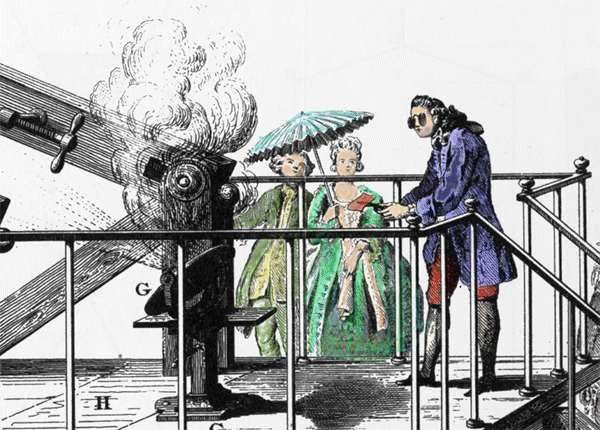Member-only story
How Sunglasses and Goggles Were Used 1,000 Years Ago
Snow goggles is to reducing exposure to sunlight, not by reducing its intensity.
How do you use your glasses?
“Sometimes you’ve got to put your realistic glasses on and see who you are.” ~Will Muschamp
Snow goggles were designed to reduce the amount of sunlight reflecting off the snow, preventing snow blindness when outdoors.
Snow blindness is essentially a sunburn of the eyes, and vision can be affected for a few days if precautions are not taken.
Snow blindness is scientifically known as photokeratitis.
Eskimo snow-goggles.

Peoples living under severe snowy climate like Inuit, used to make goggles of antlers and ivory and whalebones… in order to protect their eyes of glare and sun.
Snow goggles function by reducing exposure to sunlight, not by reducing its intensity.
Inuit sunglasses dating back to between 1200 AD. The oldest pair was found in Canada.

Inuit goggles made from caribou antler with caribou sinew for a strap.
This is a metal nenets goggles.

Antoine Lavoisier.
Antoine Lavoisier conducting an experiment related to combustion generated by amplified sun light.
He was wearing goggles.
He was a French nobleman and chemist who was important to the 18th-century chemical revolution. Also he had a large influence on both the history of chemistry and the history of biology.

Lavoisier wearing goggles, operates his solar furnace to prevent contamination from combustion products.
